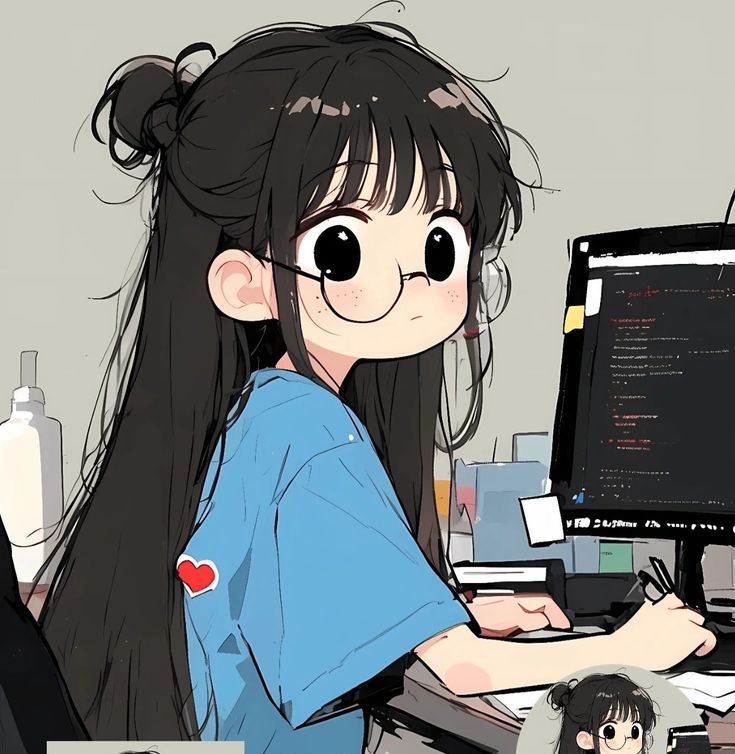However, it’s worth stating that this is a huge simplification; that the true meaning of ‘circular economy’ is phenomenally complex (especially when we’re considering a 60-year plus period – how well do we believe someone in 1960 would have predicted the market in 2020?)
We’re ready now, Marks says, and we don’t really have a choice.. “Technology has changed, the environment has changed, the workforce has changed, the designs are more complex.There’s a lot of things closing in on the space that's creating a lot of dissatisfaction, and the people who have the money are the most dissatisfied - the big end-users, the big governments…”.

Around the world, she says, business restarts want three things: digitisation, industrialised construction, and sustainability (mostly in the form of understanding carbon).Ultimately, these things are all related to the issue of productisation in construction.. Construction waste makes up 40% of our landfills, Marks says, adding that this happens because we’re changing things and cutting them after the fact.. A switch to industrialised construction, with an industry deploying manufacturing processes, would be highly beneficial to the issue of sustainability in construction.. Marks also invites us to consider the ancillary benefits of creating a factory: a workforce composed of diverse ages and populations, economic sustainability for that factory around the world, social sustainability, industry sustainability (because the construction workforce is an aging population) and, of course, environmental sustainability.. She highlights the level of current dissatisfaction and the focus on our planet - our dwindling supply of resources: people, things, and materials.. “We can’t all live on this planet unless we get better at this,” Marks says.“That’s what’s actually changing this.

People are making that connection.And we're becoming more of a global economy as well, so they're seeing examples.”.

These days she’s starting to see “masses of the big players change their behaviour.”.
She’s as excited for them as she is for architects.. Marks recalls that while talking to the Head of VD&C for a large company, she was impressed with the work and incredible technology going into a two-billion-dollar hospital project.These can broadly be clustered as follows:.
The perceived immaturity of the state-of-the-art.There is a belief that the technology involved in intensified chemistry is not very mature and therefore carries substantial risk.
Some of the small-scale hardware has not been fully industrialised, the developing data collection, process and quality control approaches have not been fully tested with regulatory authorities..Complicated supply chain.
(Editor: Beginner Bags)